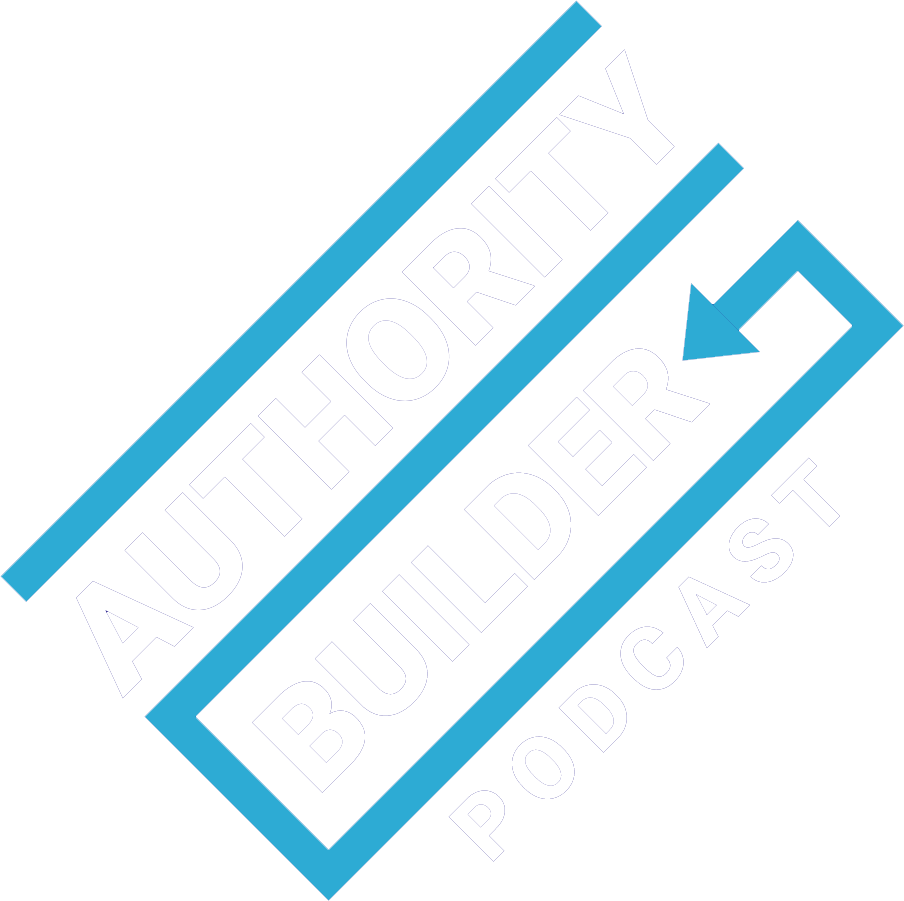With 400 employees spread across dozens of locations, Robert Hartline has spent a lot of time thinking about how to communicate his vision to his team… and have them communicate effectively with each other.
Robert, a serial entrepreneur who splits his time between Nashville and Costa Rica, has ditched email for the most part… he hates phone calls. And now company-wide they’re using an app that allows them to stay focused, minimizes interruptions, and ensures they just plain get things done.
We also talk about how he deals with employees who aren’t engaged with their work – no, he doesn’t fire them – and much more.
Listen in to find out:
- Strategies for solving problems, not situations
- A “scientific” approach to solving business problems
- How to use data to find out which employees haven’t “bought in”
- Why the best leaders are like drug dealers
- And more…
Episode Timeline:
00:11 Today Steve speaks with Robert Hartline. Robert went from selling cell phones from his trunk to having a chain of over 60 stores called Absolute Wireless.
01:40 Robert went to Nashville to study music but found he hated country. It’s where he started as a salesman to earn money.
03:026 Rob tells us the story of a guy who came to his door promising to put a peephole in the door in 30 seconds or less!
05:27 Rob tells us how he has the fasted growing business in Nashville for the past two straight years.
06:58 Rob had a lot of trouble with break-ins at his stores. He tells us how he addressed the issue and how security systems are useless.
10:41 Rob explains how data can explain so much.
13:10 Rob explains how business owners are basically drug dealers!
16:25 Rob tells us about his use of the walkie-talkie app Marco Polo.
18:32 Steve tells us how even in the last week Marco Polo has helped him.
20:03 Rob explains how he utilizes the app.
24:42 Rob explains how writing is such a poor form of communication.
28:20 Steve talks about the ease of use of Marco Polo.
30:28 Rob and his staff road tested every walkie-talkie app on the market.
33:57 Steve talks about using Marco Polo with his clients.
34:48 Rob explains how people are always resistant to new tech and how Marco Polo reduces your amount of meetings.
37:57 Steve talks about conducting business almost entirely by voicemail with a million dollar a year client.


